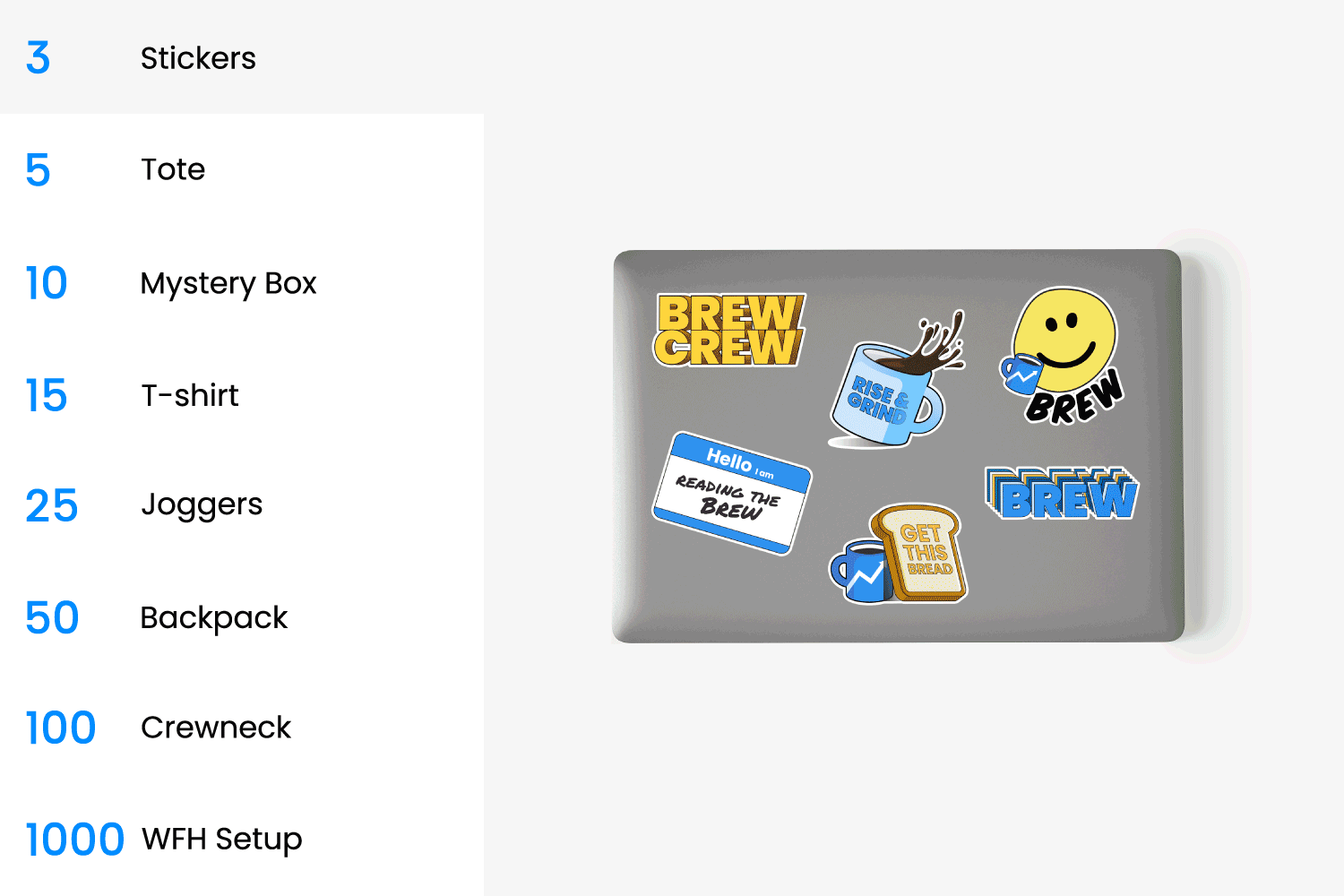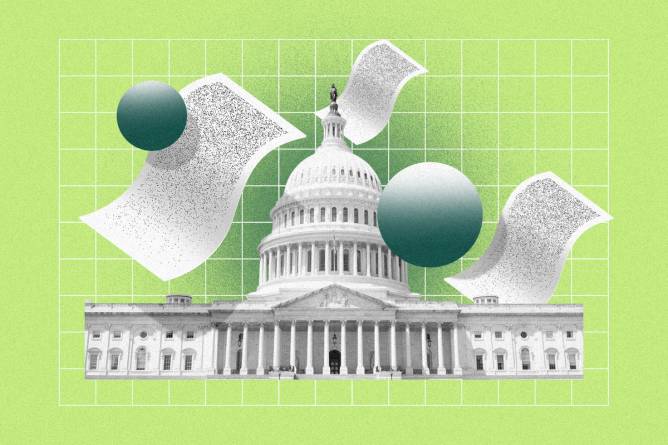Hey there, HR pros. RIP to Charlie Munger, Warren Buffett’s no. 2 and a legendary investor. Before his death, he offered some workplace wisdom worth considering: Work for people you respect and admire, and alongside people you enjoy.
In today’s edition:
 Childcare challenges Childcare challenges
 Time to hire Time to hire
 Legislative lowdown Legislative lowdown
—Courtney Vinopal, Adam DeRose
|
|
Justin Sullivan/Getty Images
When Danelle McCusker Rees’s team surveyed United Parcel Service’s (UPS) employees halfway through 2021, some reported calling out sick on a regular basis.
McCusker Rees, president of HR and operational training at UPS, looked closer at the issue and realized many of these absences were not actually due to illnesses, but rather issues with childcare.
“We found that people did not want to admit that they had a childcare problem. There’s this stigma that still exists,” she said. “If I’m sick, that’s one thing,” she added. “But it’s taken a different way if I’m saying that my child is sick, or I need to be there for my child.”
McCusker Rees was exploring this at a time when a significant share of US women were dropping out of the labor force, often due to childcare complications that worsened during the pandemic. Concerned that this trend was affecting UPS’s own workforce, Rees’s team decided to pilot an emergency childcare benefit for employees in northern California.
Keep reading here.—CV
|
|
PRESENTED BY CAREERBUILDER
|
Here’s a revolutionary idea: Pay for what you get. With CareerBuilder, you pay only when their recruiting solutions succeed. So you can find the candidates you’re looking for without breaking the bank.
CareerBuilder’s new plans are built with your budget in mind. No more paying for useless clicks—pay only when real, interested candidates take action in an application, or pay per resume and access more than 41m candidates in CareerBuilder’s database.
The best part? Their plans are flexible and risk free. Increase or decrease your budget at any time with no worries and no long-term commitment.
And now through Dec. 8, get a $50 gift card for booking and attending a meeting with one of CareerBuilder’s pros. Win-win.
Chat with the experts.
|
|
Erhui1979/Getty Images
Tech execs predict a hiring spree may be on the horizon. Yep, you read that right.
According to a new report from General Assembly, the for-profit coding academy and tech talent company, execs predict an upswing in hiring—the “boom” portion of what the report dubs the “boom-bust” approach to hiring tech talent.
“Over 2023, we saw a lot of those sexy tech companies that hired tons of people in those tech roles…they’ve started to do the mass let-go of people,” said Catie Brand, who runs General Assembly’s employer solutions business. “Companies can only survive so long without technology talent, though.”
What’s HR to do? What’s clear to Brand is that it’s on companies and talent management pros to address the cyclical boom-bust strategy.
Keep reading here.—AD
|
|
Francis Scialabba
The city of Chicago passed an ordinance on Nov. 9 that will double the amount of paid time-off workers receive annually, to 10 days.
Under the new policy, employees who perform at least two hours of work in a two-week period are entitled to up to five days of paid sick leave and five days of paid time-off each year. They may use paid time-off days for any reason.
Chicago workers are already entitled to five days of sick leave under a current ordinance. The new ordinance applies to any employee performing work within the city of Chicago, regardless of where their employer is located.
What Chicago employers should know. The new ordinance will take effect Dec. 31, 2023, and will likely require Chicago employers to change their policies before the end of the year, attorneys with law firm Littler wrote in a Nov. 14 post.
Keep reading here.—CV
|
|
|
This one’s for you. Join UKG’s Director of Human Insights Teresa Smith and Chief Governance Risk and Compliance Officer Paul Schmiedel for a webinar on boosting compliance agility. On Dec. 7, they’ll discuss why cross-functional collaboration among IT, HR, and payroll matters — and how to strategize at EOY. Don’t miss out.
|
|
Francis Scialabba
Today’s top HR reads.
Stat: About 75% of HR reps believe retaining employees who don’t want to work in an office is a problem, with 19% calling it a “major problem,” according to a poll conducted by NORC at the University of Chicago. (Associated Press)
Quote: “Organizations have to ask themselves, ‘What is my risk calculus?’...There is a risk of challenge, risk of liability, the risk of reputational harm.”—Samia Kirmani, coleader of the corporate diversity practice for law firm Jackson Lewis, on a pullback in diversity hiring (Bloomberg)
Read: The end of new-employee “honeymoons” and long-distance work relationships may be contributing to many employees’ job dissatisfaction. (the Wall Street Journal)
Adapt to AI: As your employees may feel the benefits that come with generative AI, how can your org best take advantage of these changes? Hint: It starts with redesigning work and operating models. Learn more from IBM.* *A message from our sponsor.
|
|
Looking to make your next career move? iHireHR has 30k+ handpicked jobs for HR pros and easy-to-use tools so you can search and apply from anywhere. Explore opportunities in the following areas:
|
|
|
Share HR Brew with your coworkers, acquire free Brew swag, and then make new friends as a result of your fresh Brew swag.
We’re saying we’ll give you free stuff and more friends if you share a link. One link.

Your referral count: 2
Click to Share
Or copy & paste your referral link to others:
hr-brew.com/r/?kid=9ec4d467
|
|
|









